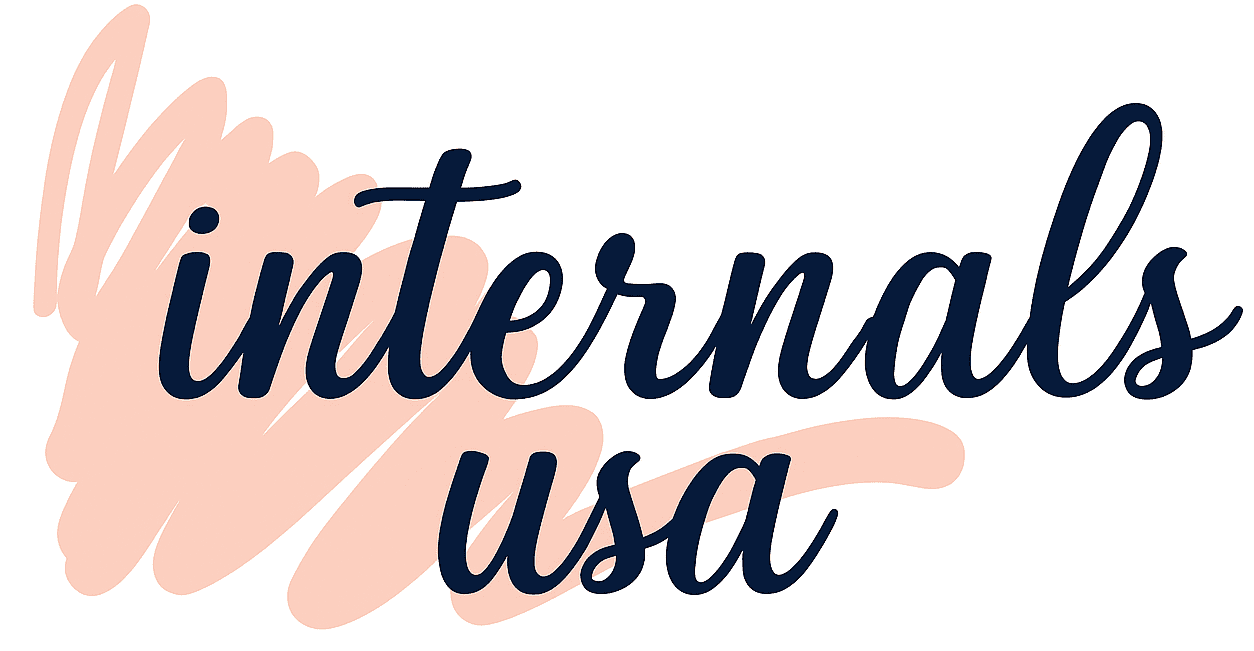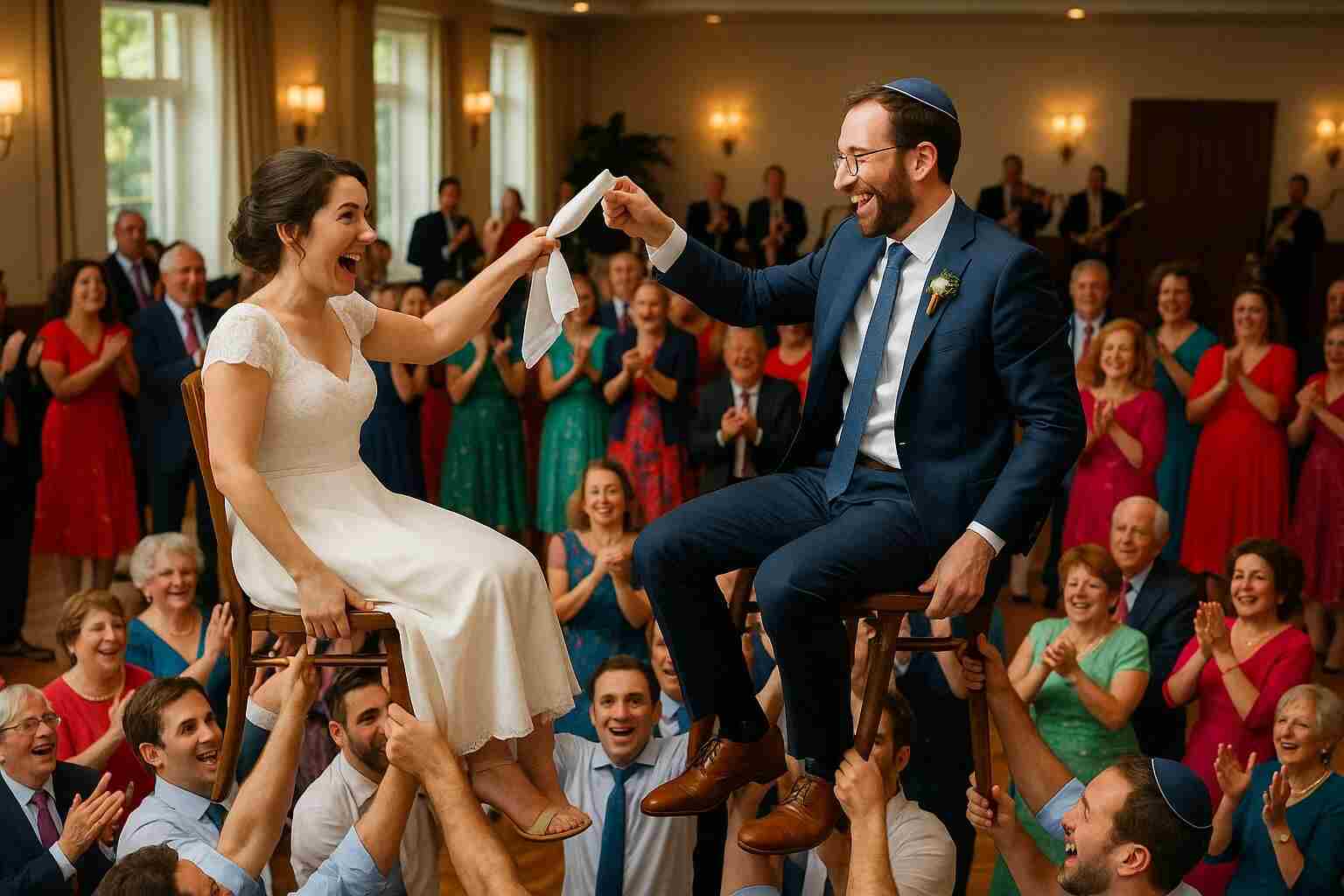Traditional Dance at Jewish Wedding: A Celebration of Culture and Joy
Introduction Of Traditional Dance at Jewish Wedding
Traditional dance at Jewish wedding is a colorful event full of deep traditions, great happiness as well as community. The most significant feature of this celebratory is the passionate and substantive dancing that breaks out after the ritual. The Jewish wedding is more than a party; the traditional dance is an actual display of being joyful and supporting the new couple.
This map will take you through the most treasured Jewish wedding dances. We will be discussing their history, symbolism as well as what you can anticipate in the dance floor. Through the legendary Hora to the rest of the festive rites, you will find out all you need to know about this lovely section of the celebration.
The Traditional Wedding Deep Route of Dance at a Jewish Wedding
Jewish culture and history play a significant role in dancing at weddings. The Talmud, an ancient work of the Jewish law and tradition, talks of dancing by rabbis in honor of a bride and groom. This was perceived to be a mitzvah, or a commandment to make the newly-wed happy.
The central theme is the jubilation of the marriage between the couple and the great happiness and excitement. It is the guest who is invited to join in the celebration and share the joy of the couple as it were theirs. This helps to build an electric mood of communal celebrations which is characteristic of Jewish wedding.
The meaning of the Hora: The Heart of the Celebration
When you are imagining a traditional dance during a Jewish wedding, you probably think of the Hora. This circle dance is full of spirit and the highlight of the celebrations of the reception. It is a memorable high energetic and overall happiness occasion that all the participants experience.
What Happens During the Hora?
Guests are brought together in a large circle and they march together in a form of grapevine. The music which is usually the popular Hava Nagila begins slowly and gradually increases. The circle is turning ever faster and faster, and a whirlwind of exalted energy is flying round, and everybody is carried away by its frenzied rush.
The Iconic Chair Lift
The most well known scene of the Hora is the one where the newlyweds are hoisted on high above the guests on chairs. The scene represents their rise as a new couple and is surrounded and surrounded by their community. Their parents and in some cases their siblings are also given a chair lift.
When they are sitting, the couple is bonded together by holding a napkin or handkerchief and they are dragged around. This is a strong picture symbolizing their new marriage and the society that actually and symbolically elevates them as they start their life together.
Who Lifts the Chairs in this Traditional Dance at Jewish wedding?
Moving the chairs is quite an exercise that involves power and cautiousness. This is usually an important role that is played by a few strong and sober guests who are usually close friends or members of the family. They create a strong foundation under the chairs and they are safe as the couple have a thrilling experience.
It is usual to replace the lifters, so other people are given the privilege. This rotation allows anyone to not get too fatigued and maintain the energy. The community support is an essential concept that is developed by the collective effort, and it is one of the dominant themes of the whole wedding day.
The Mezinke Tantz: Dance of Honor of Parents
The other notable orthodox dance during a Jewish wedding is the Mezinke Tantz, also referred to as the Krenzel (crown) dance. The special dance is dedicated to parents who have just married off their final child because it is a significant life event in the life of parents.
This dance is a heartfelt dedication to the parents in the successful upbringing of their children to this new stage. The parents are sitting in the middle of the dancing venue, and occasionally adorned with floral crowns. Two other guests then dance around them congratulating them, and in their happiness and joy.
In other cultures the broom can be used by the parents to cleanse the house, as a sign that the children are moving away and a new chapter begins. It is a moving and touching ceremony that acknowledges the contribution of parents in the couple life.
The investigation of Sephardic and Mizrahi Wedding Dances
Although Hora is typical of Ashkenazi (Eastern European) culture, Sephardic (Iberian/North Africa) and Mizrahi (Middle East) weddings have their own version of dances. These customs create new tastes and beats to the celebration, as they represent a variety of worldwide Jewish culture.
The Rhythms of Debke
Debke is an energetic line dance common amongst the Middle Eastern Jews. Dancers interconnect hands or put them on shoulders of one another and beat their feet in some collective and strong rhythm. The dance is a mighty ode of togetherness, power, and unity of happiness.
The Art of Belly Dancing
Belly dancing is a common characteristic in most Sephardic weddings. Hiring professional dancers may be implemented, though in most cases, guests also participate in dancing to honor the bride. The dance is a graceful performance of femininity, fertility and happiness, which brings an element of elegance and masterpiece to the party.
Contemporary Dance with Jewish Traditional Wedding Dance
The modern Jewish weddings are a wonderful mix of the old and the new. It is a trend that a classic Hora ensemble is followed by modern music. You would be doing the Electric Slide and the Cupid Shuffle immediately after dancing to “Hava Nagila.”
This combination is aimed at making all guests feel accepted, irrespective of their background or age, and one can have fun at the dancing floor. The fact that a melody of a Klezker band has now been replaced by spinning of the contemporary hits is what keeps the energy dynamic and the party going throughout the night.
Etiquette of Planning the Dancing Part of Your Reception
To incorporate a traditional dance in a wedding of Jews in your banquet, it will take some planning. Get your band or DJ to talk to each other two to three months before your wedding. Talk about the time, length, and songs that you prefer during the dances.
The Hora can be found dancing early at the reception immediately after introduction or the first dance of the couple. It is an excellent method of having all your guests on the dance floor at once. Another option would be to conduct the dance upon completion of dinner when all the members have fed and are willing to have fun.
Ensure that your music provider knows the right songs e.g.:
“Hava Nagila”
“Siman Tov u’Mazal Tov”
“Od Yishama”
Modern pop hits in Israel.
Dancing at Your First Jewish Wedding
In case this is your first time at a Jewish wedding, you may be afraid of participating in the dances. The last and the most significant point is that taking part is highly appreciated than perfection. The dance spirit is concerned with spreading happiness.
Don’t be shy! Some one will gladly take your hand, and draw you into the circle. These steps can be very easy and repetitive, and therefore, you can learn so easily by observing others. All you have to do is smile, dance to the music, and be carried away by the energy that the crowd has.
The Importance of Mixed and Separate Dancing
Dance floor setups vary depending on the degree of religious practice of the couple. This detail of the traditional dance during a Jewish wedding symbolizes the customs of the family and guarantees that all the people are comfortable the time of celebrations.
In most Orthodox weddings, the men and women have a mechitza or a partition between the dance floor. The mixed dancing is the standard in Conservative and Reform weddings and everyone dances. The two arrangements have the same basis of blissful marriage between the two couples.
Frequently Asked Questions (FAQs)
What is the key traditional dance of a Jewish wedding?
The Hora is the most popular folk dance. It is a spirited circle dance during which guests rejoice over the newly married and at times carry them on chairs. It represents the community happiness and good wishes to the couple as they start living their new life.
Who is able to attend the wedding dances?
Anyone is welcome to join! Dances of Jewish weddings are collective and all-inclusive. You have heard the steps or not, and you may come to the circle, applaud, and enjoy the festal mood. It is all about shared happiness, rather than impeccable dancing.
How many minutes does the Hora take on average?
The time span of Hora may fluctuate. It could be one, high-intensity song that took approximately 10 to 15 minutes. During more traditional weddings, dancing may last 20 or 30 minutes or more, and all the different types of songs and tempos may maintain the spirit.
Is the chair lift safe?
Safety is a top priority. A group of strong responsible guests lifts the couple forming a safe foundation. Couples ought to sit squarely and cling on. Although it appears to be a bold idea, it is a carefully controlled custom that is meant to be exciting and safe.
Suppose I am not aware of the steps of the dance?
Don’t worry! Most of the traditional Jewish dances have easy and repetitive steps. There is nothing like learning the ropes by just taking your time and then diving into it and other guests are more than willing to assist you. The best thing is to have fun.
What is the handkerchief of the chair lift?
Each of the bride and groom is holding one end of a napkin or handkerchief to ensure that they are not separated as they are raised on different chairs. This act is also symbolic of their new marriage, and of their connection, despite being honored by their community separately.
Conclusion
The Jewish traditional dances in a wedding are a great way of celebrating happiness, togetherness, and tradition. Starting with the wild dances around the Hora to a celebration of parents during the Mezinke Tantz, all the dances are full of significance and add to a memorable celebration. Such rituals are not simple movements and they are a physical expression of the love and support that surrounds the new couple. They also intertwine generations, unite the past and present, and establish a strong building of mutual joy of the newlyweds.
When you are attending or planning a Jewish wedding, adopt the mood of such traditions. Nothing to be afraid of entering the circle, feeling the rhythm, and being part of a happy legacy which is so beautiful to see and experience. Looking to know more about other traditions of a wedding, check out our other related articles or leave a comment below with your inquiries! We’d love to hear from you.
If You Need to More About Traditional Dance at Jewish Wedding
9 Year Anniversary Gift Traditional and Modern: Unique Ideas to Celebrate








Leave feedback about this